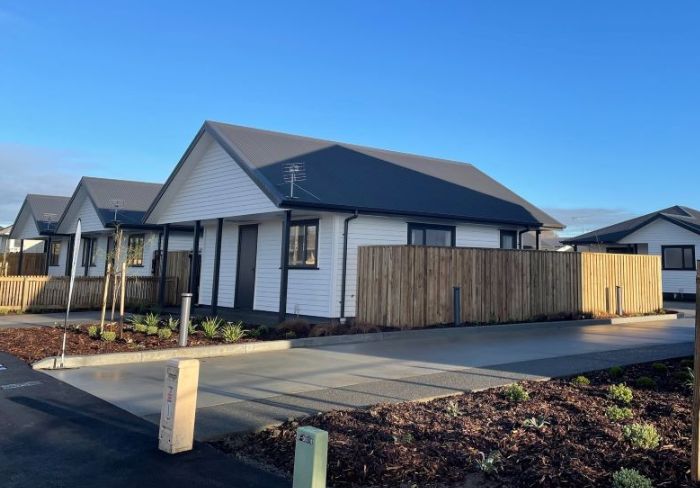The paper was released under the Official Information Act to 350 Aotearoa, a climate change campaign group.
“Is this one motorway really worth one tenth of our entire country’s spending on schools, hospitals, houses, and public transport infrastructure?,” 350 Aotearoa campaigner, Adam Currie told the Herald.
“Northland is in desperate need of government investment, but this project is not it. If the Government seriously cared about Northland, they would be investing in projects that actually – such as investment in education and healthcare, jobs for nature and rail, such as the Marsden Point Rail Link,” he said.
He warned that the Government’s favoured tools to pay for the road, tolling and value capture, were ”never going to pay for anything near the real cost of the super-highway, leaving taxpayers to cough up the bill”.
Currie also warned the road would lead to more pollution, with adverse impacts on New Zealand’s climate change emissions and lung health.
Transport Minister Simeon Brown told the Herald the Government was “committed to building a four-lane highway alternative to the Brynderwyns as part of the National-NZ First coalition agreement”.
“This includes a commitment to investigate the use of private finance to accelerate construction, which is why we are undertaking a market sounding. The Government is working at pace to deliver upon this key infrastructure priority,” Brown said.
“These market soundings are currently taking place, and officials are due to report findings back to me in the coming months.
“The Government has an ambitious plan to boost productivity and support economic growth by delivering the infrastructure New Zealand requires to get people and freight to get to where they want to go quickly and safely.”
The Infrastructure Commission also warned the Government that it needed to be more upfront about the potential for costs to escalate.
It said the Government “should be more transparent about the uncertainty of current cost estimates, including risks relating to the terrain the highways will traverse and structures required (tunnel and viaduct for the first section)”.
“The actual costs could be much higher, and it would not be abnormal for projects of this complexity to cost 50%-100% more than initial estimates,” the commission said.
It was “concerned” at the “process by which this project has been been identified as being of such high priority for delivery, amid scarce funding”.
And it warned that the Government’s strategy for accelerating delivery of the road by seeking in-principle commitments to the project ahead of a detailed investment case was “high risk” and “inconsistent with good practice”.
The Green Party’s transport spokeswoman Julie Anne Genter, a critic of expensive road projects, warned the cost of these projects was so great it would “significantly limit the ability of future governments to invest in necessary infrastructure”.
She warned that the 10% of infrastructure spending figure related only to the Northland Roads of National Significance programme. A figure that included all 17 such roads nationwide would be higher.
“A few more big projects like this and we’ll literally have no money left for hospitals and other transport infrastructure like rail,” she said.





